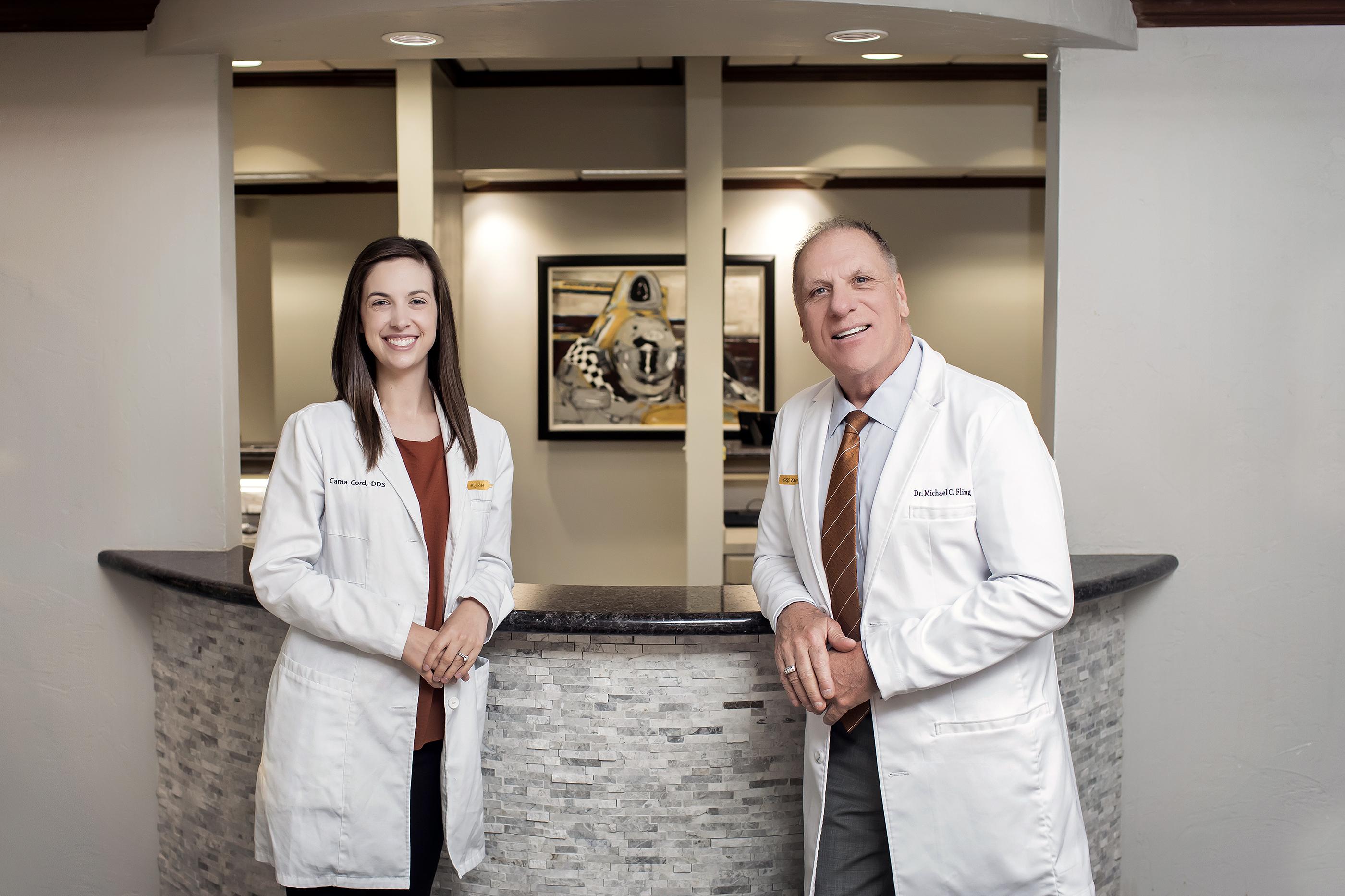A Footprint From The Lab For The Clinic-
Understand The Global Restorative Sequence
Often we have heard that if we are unsure of where we are going, that is where we will end up. It is critical that clear communication about treatment end point is provided by the restorative dentists to the specialists and technicians involved. A key to this communication is a detailed diagnostic wax up which serves as a footprint for things to come. This footprint answers questions about aesthetics and function and it is a determinant to sequence of clinical treatment. All too often, this diagnosis is either ignored or given to the technician to complete.
This presentation provides 7 specific steps necessary to complete a diagnostic wax up at the workbench. While it may not be practical for dentists to complete their own “wax-up”, you will be exposed to the perimeters that must be conveyed for appropriate completion.
Next, 7 specific steps of clinical restorative sequence will be reviewed as per the footprint that was developed in the lab.
The clinician will understand the steps necessary for completion of simple and complex restorative cases.
You will learn:
-
How the anterior segment dictates form and function
-
What considerations must be given to altering VDO and what are the ramifications to altering VDO
-
How to utilize a “Rapid Waxer” for fast and easy wax up
-
How to clinically maintain occlusal stability while altering VDO
-
Utilization of stints from a wax up to dramatically alter tooth form and function with simple bonding techniques
-
How to take bite registrations for accurate mounting and for cross mounted models
-
How to make cross mounted indexes for the technician to ensure proper restoration contours


/https%3A%2F%2Fwww.okcdentalarts.com%2F_cache%2Fstatic_map_64aa8605b62adc162791276ea9105724.png)
